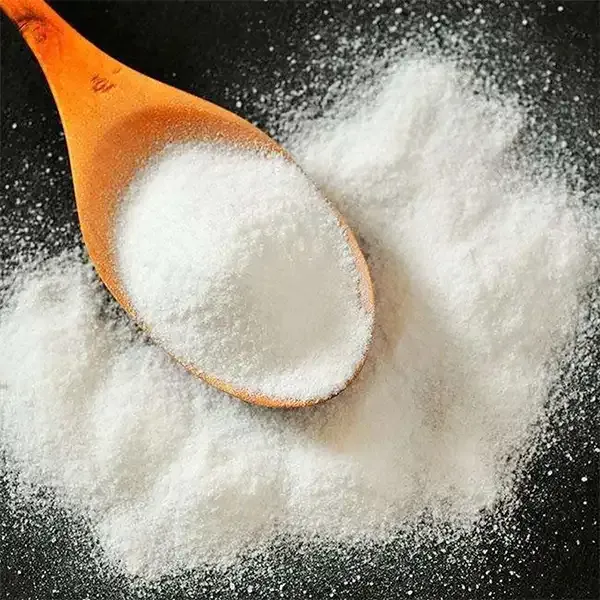An Overview of HPMC for Tile Adhesives
Hydroxypropyl Methyl Cellulose (HPMC) has become an essential ingredient in modern tile adhesives, forming a crucial component of the construction and building materials industry. This water-soluble polymer is derived from cellulose, a natural polymer that provides numerous beneficial properties for tile adhesive formulations. This article will explore the significance of HPMC in tile adhesives, its advantages, application methods, and its impact on the overall performance of floor and wall tile installations.
What is HPMC?
HPMC is a non-ionic, cellulose-based polymer that is widely utilized due to its versatility and effectiveness. It is synthesized by modifying cellulose through etherification with propylene oxide and methyl chloride. The resulting product is a white to off-white powder that, upon contact with water, dissolves to form a viscous gel. HPMC is used across various industries, including pharmaceuticals, food, and cosmetics, but its applications in construction merit special attention.
Role of HPMC in Tile Adhesives
In tile adhesives, HPMC functions primarily as a thickening agent, allowing for the appropriate viscosity that ensures the adhesive remains workable during application. Its key benefits in tile adhesive formulations include
1. Increased Workability HPMC improves the adhesive's spreadability and open time. Long workability helps tile installers adjust tiles without compromising adhesion quality.
2. Enhanced Water Retention HPMC's water-retaining properties ensure that moisture remains in the adhesive for a longer duration. This is crucial for optimal bonding during the curing phase, especially in dry environments that could otherwise lead to early drying and potential adhesive failure.
3. Improved Flexibility and Adhesion The addition of HPMC can enhance the flexibility of the cured adhesive, allowing it to absorb stresses that arise from temperature fluctuations and building movements, thus preventing cracking.
hpmc for tile adhes

4. Reduced Slump HPMC aids in maintaining the stability of the adhesive, thus reducing slump during tile placement. This is particularly important for vertical applications where heavy tiles could otherwise slide out of place.
Application Methods
The incorporation of HPMC in tile adhesives is relatively straightforward and can be adjusted according to specific formulation needs. Typically, HPMC is mixed with other dry components like cement, aggregates, and additives to create a homogeneous blend. Water is then added to the mixture before it is applied.
When preparing the tile adhesive, it's crucial to adhere to the manufacturer's recommendations for water-to-powder ratios, as this will influence the adhesion properties and workability of the final product. Proper mixing techniques ensure that the HPMC is evenly distributed throughout the adhesive, maximizing its benefits.
Environmental and Economic Impact
The growing demand for sustainable building practices has increased interest in eco-friendly materials, and HPMC aligns with this trend. Being derived from natural cellulose, it is biodegradable, making it a preferable choice for environmentally conscious builders. Moreover, HPMC-based tile adhesives often require fewer materials and less water than conventional adhesives, contributing to reduced environmental footprints and lower overall project costs.
Conclusion
In summary, Hydroxypropyl Methyl Cellulose is an invaluable component in tile adhesives, enhancing their performance through improved workability, water retention, flexibility, and stability. As the construction industry moves towards more sustainable practices, the need for effective and eco-friendly materials has never been more critical. HPMC offers a compelling solution that meets these demands while ensuring the durability and longevity of tile installations. Its role in modern building materials highlights the ongoing evolution of construction chemistry and the quest for innovative solutions in the building sector.
-
The Application and Significance of Construction RdpNewsMay.19,2025
-
Industrial Grade HpmcNewsMay.19,2025
-
Building Coating Adhesive Building Coating Adhesive HpmcNewsMay.19,2025
-
Application Of Hpmc For Detergent For Detergent In DetergentsNewsMay.19,2025
-
Application Of Hpmc Cellulose In Cement-Based MaterialsNewsMay.19,2025
-
Application Of High Quality Hpmc For Construction In The Field Of ConstructionNewsMay.19,2025




